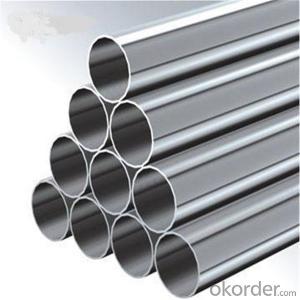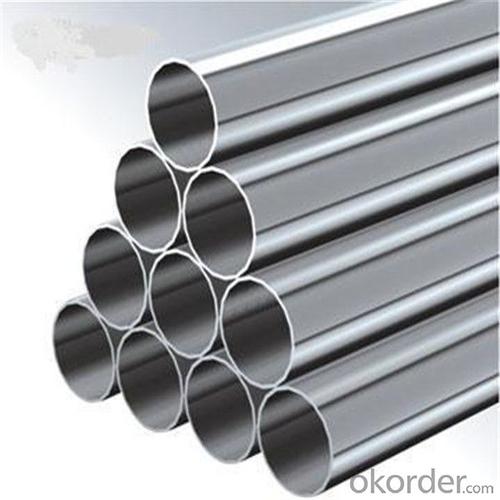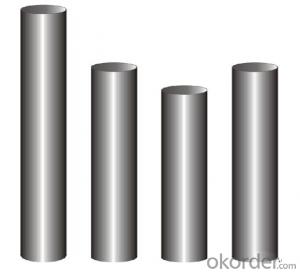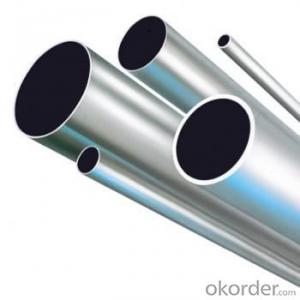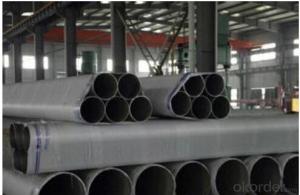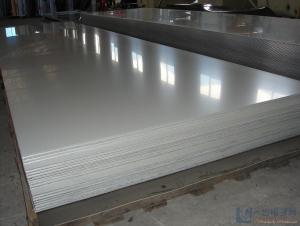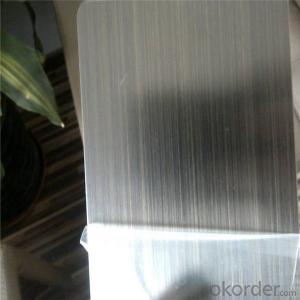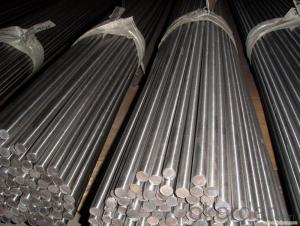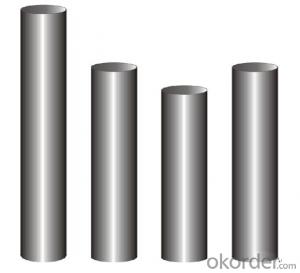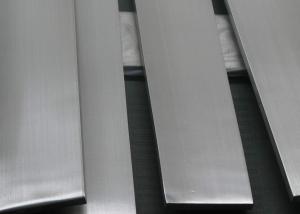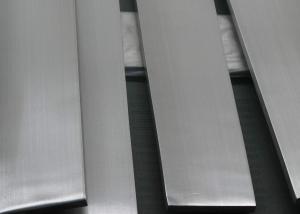SS 316 stainless steel round pipe price list
- Loading Port:
- Shanghai
- Payment Terms:
- TT OR LC
- Min Order Qty:
- 5 m.t.
- Supply Capability:
- 3800 m.t./month
OKorder Service Pledge
OKorder Financial Service
You Might Also Like
Specification
Specification
High quality 304,316 stainlesss steel bar square & round in stock
1.Competitive price and quality
2.Delivery fast
3. Material grade: 201,202,304,316,316L,430
4. Main material:
a) 201 (Ni0.8%-1%)
b) 202 (Ni: 3.0%-4.0%)
c) 304 (Ni: 8% Cr: 18%)
d) 316 (Ni: 10% Cr: 18%)
Outer diameter:5mm-550mm or as your requirement
Length: 6m or as your requirement
Surface:Bright, Polished, Turn smooth(Peeled),Brush, Mill,Pickled
Chemical Composition
Material
Composition | 201 | 202 | 304 | 316L | 430 |
C | ≤0.15 | ≤0.15 | ≤0.08 | ≤0.035 | ≤0.12 |
Si | ≤1.00 | ≤1.00 | ≤1.00 | ≤1.00 | ≤1.00 |
Mn | 5.5-7.5 | 7.5-10 | ≤2.00 | ≤2.00 | ≤1.00 |
P | ≤0.06 | ≤0.06 | ≤0.045 | ≤0.045 | ≤0.040 |
S | ≤0.03 | ≤0.03 | ≤0.030 | ≤0.030 | ≤0.030 |
Cr | 13-15 | 14-17 | 18-20 | 16-18 | 16-18 |
Ni | 0.7-1.1 | 3.5-4.5 | 8-10.5 | 10-14 | |
Mo | 2.0-3.0 |
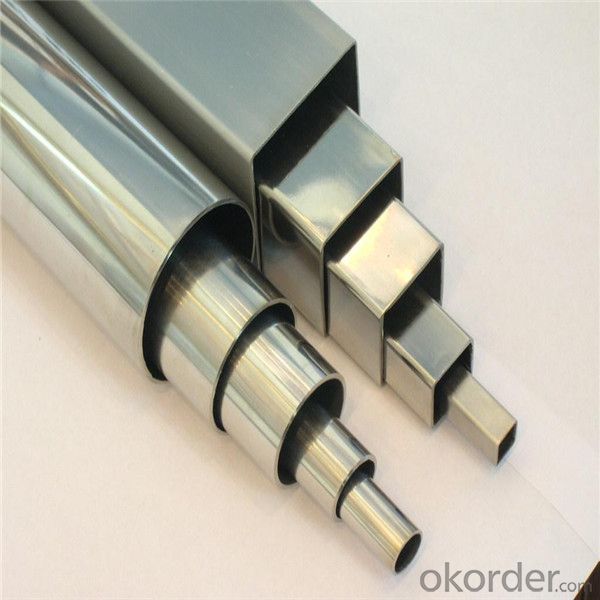
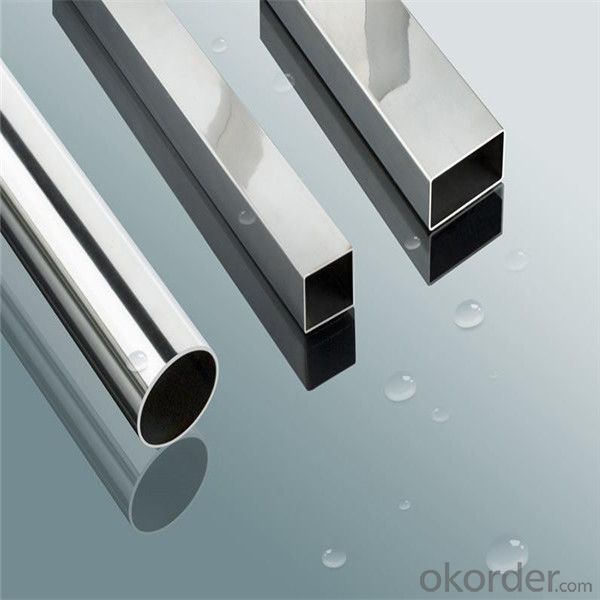
Application
Widely used in petroleum, Foodstuff, chemical industry, construction, electric power,
nuclear energy, biotechnology, machinery, papermaking, shipbuilding, boiler fields etc.
Maintentance
(1) Regular cleaning and maintenance
(2) Pay attention to prevent the occurrence of the phenomenon of surface scratches
(3) Use soap, weak detergent or warm water to remove surface dust, dirt
(4) In addition to the surface of the binder with alcohol or an organic solvent (ether, benzene)
(5) Use neutral detergent or ammonia solution in addition to surface oil
(6) With 10% nitric acid or abrasive detergent in addition to the surface of the embroider
caused by the dirt
Packaging & Delivery
In bundle or as per customer’s requirements
30 days after receipt the 30% downpayment or draft of irrevocable L/C at sight
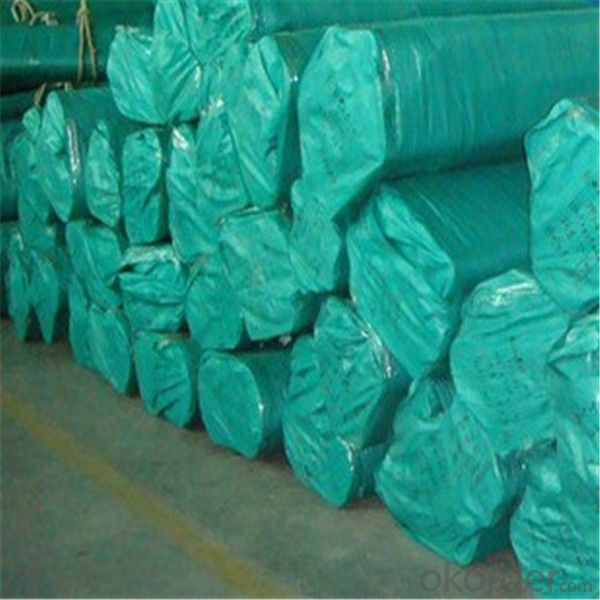
We offering:
Quality Products
More Competitive Prices
Fast Delivery
Quick Reply
Sincere Service
Featured products:
Alloy steel: Combination of steel / Bearing steel// Spring steel/ Cr- mo steel
GB 20Cr/ 40Cr / 42CrMo / 35CrMo/ 20CrMn/GCr15/30CrMnTi…
ASTM 5120 /5140 / 4140/ 4135/ 5152/52100…
JIS SCr420H/ SCr440/ SCM3/ SUP9/SUJ2…
Carbon steel: Carbon tool steel /Carbon Structural Steel
GB 20/ 35 /45/…
ASTM 1020/ 1030/1045…
JIS S20C/ S30C / S45C…
Products Show
- Q: What is the difference between 304N and 316N stainless steel pipes?
- The main difference between 304N and 316N stainless steel pipes lies in their composition and properties. 304N stainless steel is a variant of the 304 grade, which is one of the most commonly used stainless steel alloys. It contains a higher nitrogen content, which enhances its strength, corrosion resistance, and resistance to pitting and crevice corrosion. This makes it suitable for applications where higher strength and resistance to corrosion are required, such as in the chemical and petrochemical industries. On the other hand, 316N stainless steel is a variant of the 316 grade, which is known for its excellent corrosion resistance and high temperature strength. Similar to 304N, the addition of nitrogen in 316N stainless steel improves its strength and corrosion resistance. It also exhibits better resistance to pitting and crevice corrosion compared to 304N stainless steel. 316N stainless steel is commonly used in applications where superior corrosion resistance is necessary, such as in marine environments and medical equipment manufacturing. In summary, while both 304N and 316N stainless steel pipes offer improved strength and corrosion resistance compared to their non-N counterparts, 304N is more suitable for general-purpose applications where moderate corrosion resistance is required, while 316N is preferred for environments with higher levels of corrosion and in applications where superior resistance to pitting and crevice corrosion is necessary.
- Q: How do stainless steel pipes compare to fiberglass-reinforced pipes?
- Both stainless steel pipes and fiberglass-reinforced pipes are popular options for a range of uses. However, they possess distinct qualities that differentiate them from each other. To begin with, stainless steel pipes are renowned for their exceptional durability and strength. They can endure high pressure, temperature, and corrosion, making them suitable for industrial and heavy-duty applications such as oil and gas, chemical processing, and plumbing systems. Additionally, stainless steel pipes are non-combustible and have a lengthy lifespan, reducing the need for frequent replacements. In contrast, fiberglass-reinforced pipes (FRP) offer unique advantages in specific circumstances. FRP pipes are lightweight and possess excellent chemical resistance, making them ideal for use in corrosive environments like wastewater treatment plants, desalination facilities, and chemical processing plants. Moreover, FRP pipes outperform stainless steel pipes in terms of insulation properties, which can be advantageous in situations requiring thermal insulation. In terms of cost, stainless steel pipes generally carry a higher price tag compared to fiberglass-reinforced pipes. However, it is crucial to consider the project's specific requirements and the expected lifespan of the pipes when assessing overall cost-effectiveness. Ultimately, the choice between stainless steel pipes and fiberglass-reinforced pipes hinges on the particular needs of the application. If durability, strength, and resistance to high pressure and temperature are the primary considerations, stainless steel pipes are the preferred option. Conversely, if factors such as weight, corrosion resistance, and insulation properties take precedence, fiberglass-reinforced pipes may prove to be the superior choice.
- Q: Can stainless steel pipes be lined?
- Yes, stainless steel pipes can be lined. Lining stainless steel pipes is a common practice to enhance corrosion resistance, prevent contamination, or improve flow characteristics. Various lining materials such as plastic, rubber, or ceramics can be used to line stainless steel pipes based on the specific requirements and applications.
- Q: Are stainless steel pipes suitable for geothermal applications?
- Yes, stainless steel pipes are suitable for geothermal applications. Geothermal systems involve the extraction of heat from the earth's natural geothermal energy, which often requires the transportation of hot fluids such as water or steam. Stainless steel pipes are an excellent choice for this purpose due to their high strength, corrosion resistance, and ability to withstand high temperatures. They are able to withstand the harsh conditions of geothermal environments, including the presence of acidic or corrosive fluids, and are less likely to degrade over time compared to other materials. Additionally, stainless steel pipes offer excellent thermal conductivity, ensuring efficient heat transfer in geothermal applications. Overall, stainless steel pipes are a reliable and durable option for geothermal systems.
- Q: Can stainless steel pipes be used for oil and gas applications?
- Yes, stainless steel pipes can be used for oil and gas applications. Stainless steel is highly resistant to corrosion and can withstand high temperatures and pressures, making it an ideal material for transporting and storing oil and gas. Additionally, stainless steel pipes have excellent mechanical properties, such as high tensile strength and toughness, which ensure their durability and reliability in demanding oil and gas environments. Stainless steel pipes are commonly used in various applications within the oil and gas industry, including drilling, production, refining, and transportation of oil and gas products.
- Q: Can stainless steel pipes be used for high-pressure applications?
- Yes, stainless steel pipes can be used for high-pressure applications. Stainless steel is known for its excellent corrosion resistance, strength, and durability, making it a suitable material for handling high-pressure fluids or gases. Stainless steel pipes can withstand high pressures without experiencing deformation or leakage, ensuring the safe and efficient transfer of fluids in various industries such as oil and gas, chemical processing, and power generation. Additionally, stainless steel pipes can also withstand extreme temperatures, further enhancing their suitability for high-pressure applications.
- Q: Can stainless steel pipes be used for agricultural irrigation systems?
- Indeed, agricultural irrigation systems can utilize stainless steel pipes. With its exceptional durability and resistance to corrosion, stainless steel proves to be an appropriate material for a wide range of purposes, including agricultural irrigation. Its remarkable ability to withstand rust and corrosion, even when faced with moisture, chemicals, and fertilizers commonly employed in irrigation systems, is well-known. Furthermore, stainless steel pipes possess the capability to endure high-pressure water flow, enabling them to efficiently deliver water to crops. Notably, stainless steel is environmentally conscious, being entirely recyclable, which renders it a sustainable option for agricultural irrigation systems.
- Q: Can stainless steel pipes be used for nuclear applications?
- Indeed, stainless steel pipes are an appropriate choice for nuclear applications. The outstanding corrosion resistance, impressive strength, and capability to endure high temperatures make stainless steel a popular option in nuclear power plants. It is especially suitable for situations where the pipes encounter various nuclear substances or corrosive environments. Stainless steel pipes are employed for the transportation and containment of nuclear materials like coolant, steam, and radioactive waste. Moreover, they are utilized in the construction of nuclear reactors, where they must endure harsh conditions such as high pressure and radiation exposure. Furthermore, stainless steel pipes provide long-lasting durability and reliability, making them the preferred selection for nuclear applications.
- Q: What is the maximum length of a stainless steel pipe that can be manufactured?
- The maximum length of a stainless steel pipe that can be manufactured depends on various factors such as the manufacturing process, equipment capabilities, and logistical constraints. Generally, stainless steel pipes can be manufactured in lengths ranging from a few meters up to several hundred meters, depending on these factors.
- Q: How do you calculate the weight of stainless steel pipes?
- To calculate the weight of stainless steel pipes, you need to know the outer diameter, wall thickness, and length of the pipe. Using these measurements, you can apply the formula: weight = (outer diameter - wall thickness) x wall thickness x length x density of stainless steel. The density of stainless steel is typically around 7.9 grams per cubic centimeter.
Send your message to us
SS 316 stainless steel round pipe price list
- Loading Port:
- Shanghai
- Payment Terms:
- TT OR LC
- Min Order Qty:
- 5 m.t.
- Supply Capability:
- 3800 m.t./month
OKorder Service Pledge
OKorder Financial Service
Similar products
Hot products
Hot Searches
Related keywords
